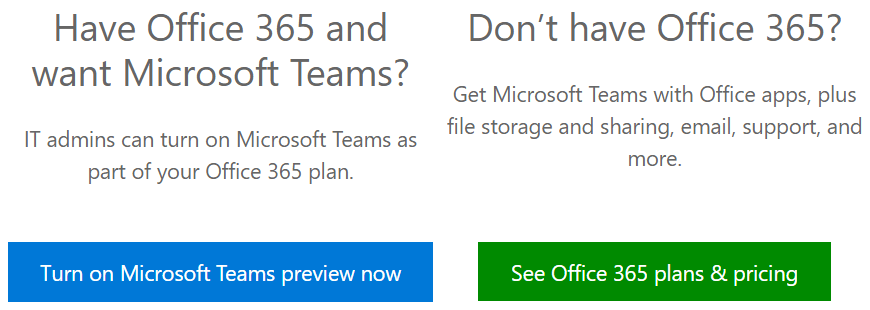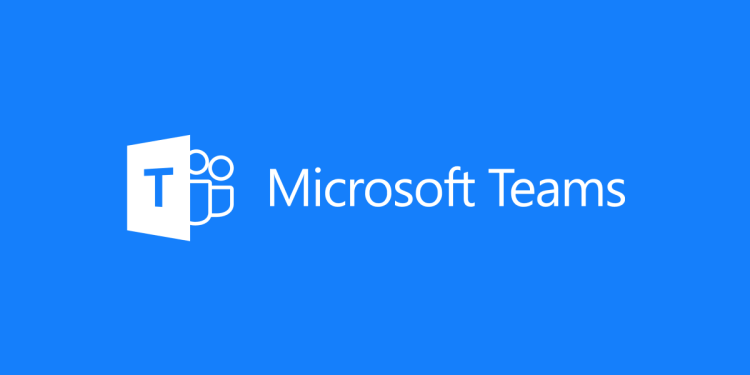Microsoft today launched a preview of Microsoft Teams, an obvious Slack competitor (even Slack thinks so). The big difference? There’s no free version and no consumer version, and there are no plans to offer either.
Given that Slack still doesn’t have threaded comments while Teams does, our editorial team was naturally interested. We asked Microsoft if there was any way to try Teams without purchasing Office 365 business subscriptions (the cheapest option is Office 365 Business Essentials, which starts at $5 per user per month). Nope.
“Teams is available in all our enterprise and small business suites, reaching 85 million monthly active users,” a Microsoft spokesperson told VentureBeat. “We do not have any plans for a free or consumer offering of Microsoft Teams.”

That 85 million number refers to last quarter’s earnings report, where Microsoft shared that Office 365 has surpassed 85 million commercial monthly active users. It just so happens that on the same day, Slack shared it had passed 4 million daily users and 1.25 million paying users.
But the second part of the statement is much more interesting: Not only is there no free version, but Teams isn’t meant for consumers at all. This is arguably the biggest differentiator in Microsoft’s strategy with Teams.
One of Slack’s biggest advantages is how easy it is to try. Anyone can visit the service’s homepage, type in their email address, and click the green “Create New Team” button.

We have no doubt that Microsoft Teams will see decent traction given that businesses already paying for Office 365 can try it out. IT admins simply have to open the Office 365 admin center, click on Settings, Services & Add Ins, and then choose Microsoft Teams.
But a lot of Slack’s growth has come from the fact that people are using the service in their personal lives as well. This is a trend that other companies have tried to replicate. Facebook is trying with Workplace, for example.
Microsoft doesn’t like this approach, likely because it wants to keep its Office 365 business running smoothly. After all, the company successfully converted its traditional Office software business, once its biggest cash cow, into a subscription revenue stream. That’s where the money is, so those customers are served first.
Microsoft’s statement doesn’t say “never” — it just says there are no plans right now. That could change, but don’t hold your breath. For the foreseeable future, Microsoft Teams is for businesses, and businesses only. For everyone else, there’s Slack.


